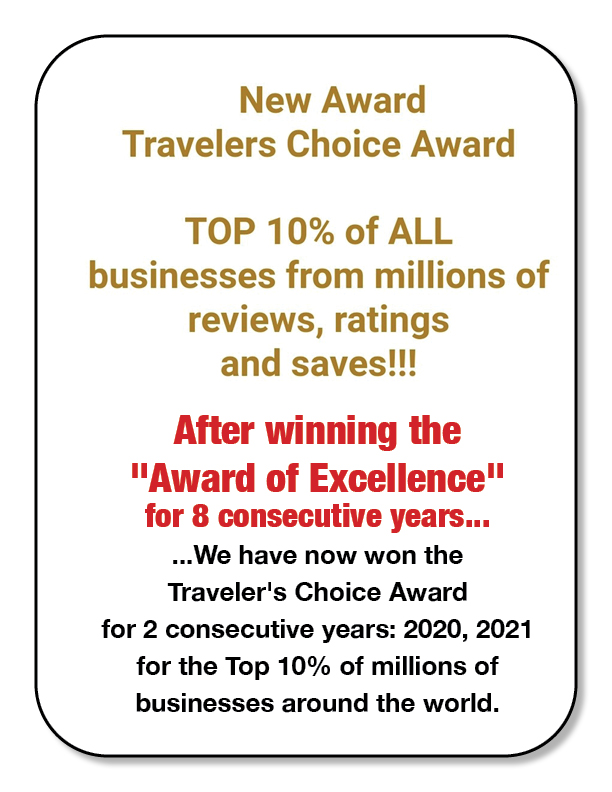# Secured Loan Versus Unsecured Loan: Which One is Right for You?
When it comes to borrowing money, understanding the differences between a secured loan versus unsecured loan is crucial for making informed financial decisi……
When it comes to borrowing money, understanding the differences between a secured loan versus unsecured loan is crucial for making informed financial decisions. Both types of loans serve different purposes and come with their own set of advantages and disadvantages. In this article, we will delve into the nuances of these two types of loans, helping you determine which option is best suited for your financial needs.
## Understanding Secured Loans
A secured loan is a type of loan where the borrower provides collateral to the lender. This collateral can be an asset such as a house, car, or savings account. Because the loan is backed by collateral, lenders often offer lower interest rates and more favorable terms. If the borrower fails to repay the loan, the lender has the right to seize the collateral to recover their losses.
One of the primary benefits of a secured loan is the ability to borrow larger amounts of money. This can be particularly advantageous for individuals looking to make significant purchases, such as a home or a vehicle. Additionally, secured loans typically have longer repayment periods, making monthly payments more manageable.
However, the downside is that if you default on a secured loan, you risk losing your collateral. This can lead to significant financial and emotional stress, especially if the asset is something vital to your daily life.
## Understanding Unsecured Loans

On the other hand, an unsecured loan does not require any collateral. Instead, lenders rely on the borrower’s creditworthiness to determine eligibility and interest rates. Common types of unsecured loans include personal loans, credit cards, and student loans.
The most significant advantage of an unsecured loan is that you won’t risk losing any assets if you fail to repay the loan. This can provide peace of mind for borrowers who may not have valuable collateral to offer. Additionally, the application process for unsecured loans is typically quicker and less complicated than that of secured loans.
However, the trade-off is that unsecured loans often come with higher interest rates and shorter repayment terms. Lenders perceive these loans as riskier since there’s no collateral to fall back on, which can lead to higher costs for the borrower.
## Key Differences
When comparing secured loan versus unsecured loan, several key differences stand out:

1. **Collateral**: Secured loans require collateral, while unsecured loans do not.
2. **Interest Rates**: Secured loans generally have lower interest rates compared to unsecured loans.
3. **Loan Amounts**: Secured loans can offer larger loan amounts, making them suitable for significant purchases.
4. **Risk**: Defaulting on a secured loan can result in losing your collateral, whereas unsecured loans do not involve asset seizure.
## Which One Should You Choose?

Choosing between a secured loan versus unsecured loan ultimately depends on your financial situation, needs, and risk tolerance. If you have valuable assets and are looking for lower interest rates, a secured loan may be the better option. Conversely, if you prefer flexibility and do not want to risk losing assets, an unsecured loan might be more suitable.
Before making a decision, it’s essential to evaluate your financial goals, credit score, and repayment ability. Consulting with a financial advisor can also provide personalized insights tailored to your unique circumstances.
In conclusion, understanding the distinctions between secured loan versus unsecured loan is vital for making smart borrowing decisions. By considering your financial needs and the implications of each loan type, you can choose the option that aligns best with your goals.